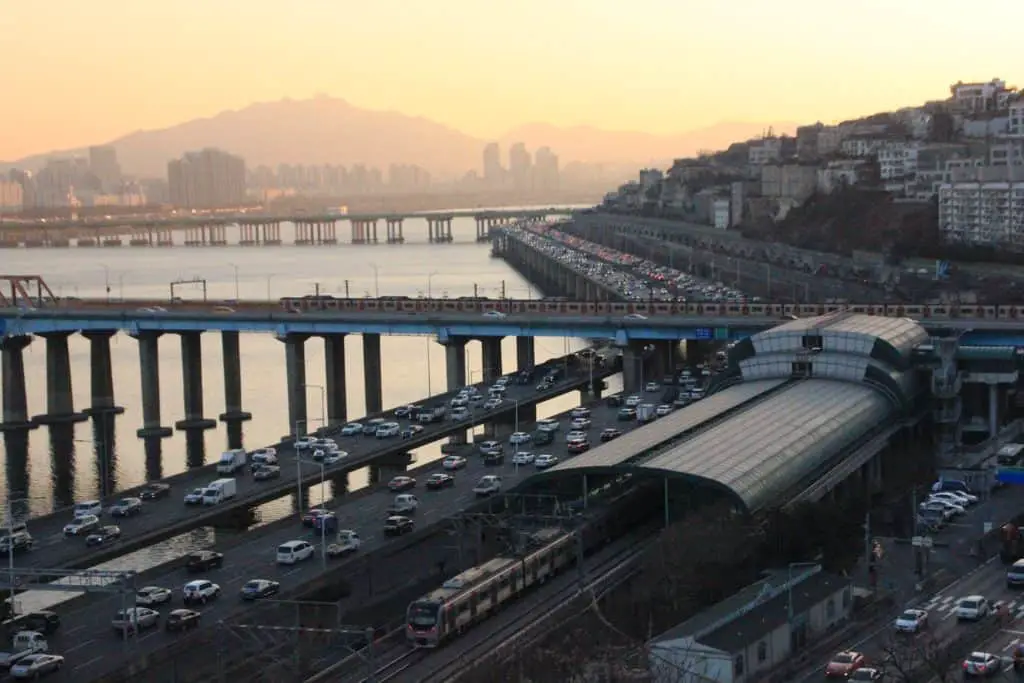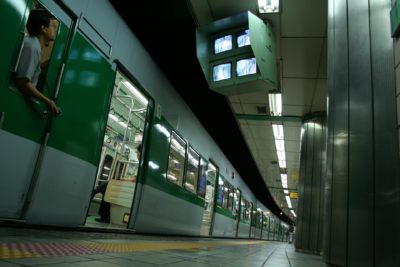Chungmuro – this area under the Japanese colonial period had been part of the xxx district, and in the wake of the renaming efforts after World War II, decided to name it ‘Chungmu' Road. For those familiar with Sino-Korean characters, the ‘Chungmu' refers to ‘loyal' and ‘war', or ‘martial', which was the name of the Korean patriot Yi Sun-Shin, a freedom fighter who perished at the age of 19 while fighting for independence.
Jamsil – the characters are ‘xx', or ‘mulberry house'. This refers to the fact that during the Joseon dynasty, this area was a silkworm breeding ground (silkworms live and feast exclusively on mulberry trees).
Naksungdae – this is the birthplace of general Kang Kam-chan, a noted Goryeo strategist who repelled numerous Khitan invasions, on the northern border, over more than 2 decades during the Khitan-Goryeo wars. The Chinese characters for this area are ‘falling star place', a reference to the fact that according to legend, shooting stars heralded his birth.
Wangshimni – this area is 10 li, or approximately 4 kilometers, from the old Joseon capital/palace of Gyeongbok Palace. According to legend, the monk who was in charge of finding a new capital for the founders of the Joseon dynasty had almost settled on this area, when a passerby alerted him to a much better place, in both geomantic and militarily defensible terms, 10 li to the northwest.
Itaewon – this station and area has several stories behind it. As the Chinese characters are currently written, they read as ‘outstanding pear field', referencing the fact that there used to be groves of pear trees in the area. The name is under some dispute, however, as to the name. Some maintain that the ‘I' character used to be ‘xx', standing for ‘different', or ‘foreign', and the ‘tae' as ‘xx', or birth – referring to the fact that during the Joseon dynasty and into the era of Japanese colonization, this area was home to Japanese-born soldiers who deserted during the Imjin Invasions, or to those born out of Japanese-Korean unions.
Butigogae – in the Joseon period, this area was home to a mountain pass that connected the two districts of Yaksu and Hannam. Merchants frequented this pass, which made it a target for bandits. Soldiers chased the bandits down by crying out ‘bundo (thief)', a sound that transitioned into ‘bunti', then ‘buti'.

